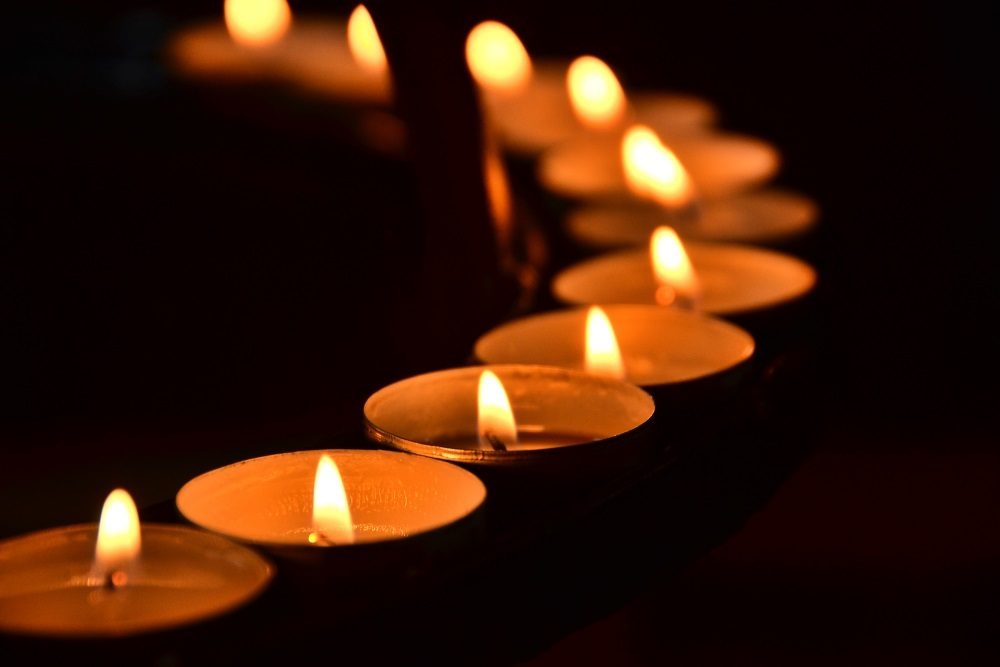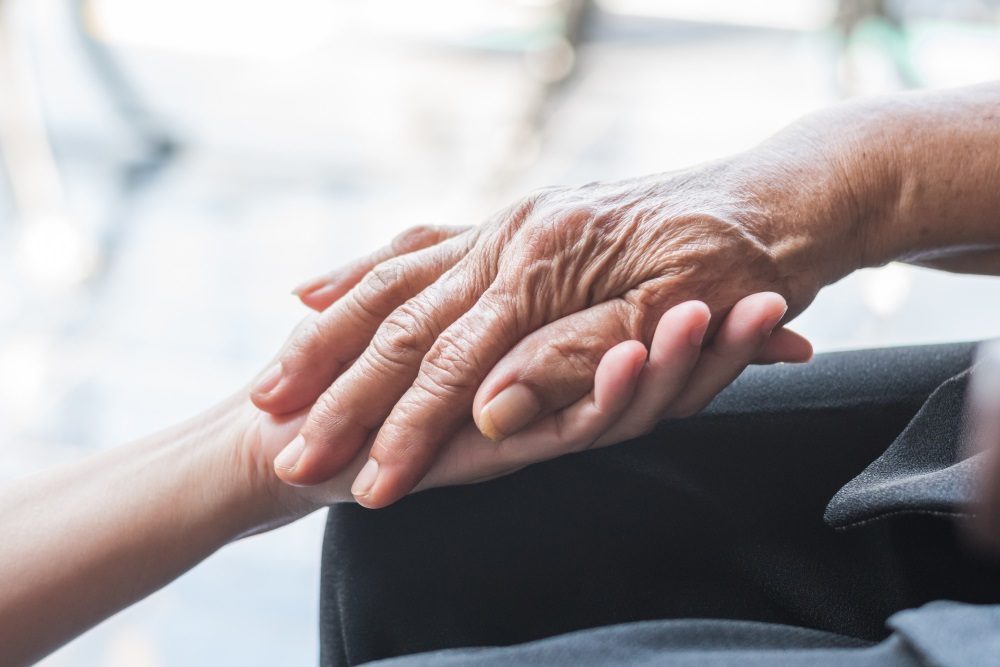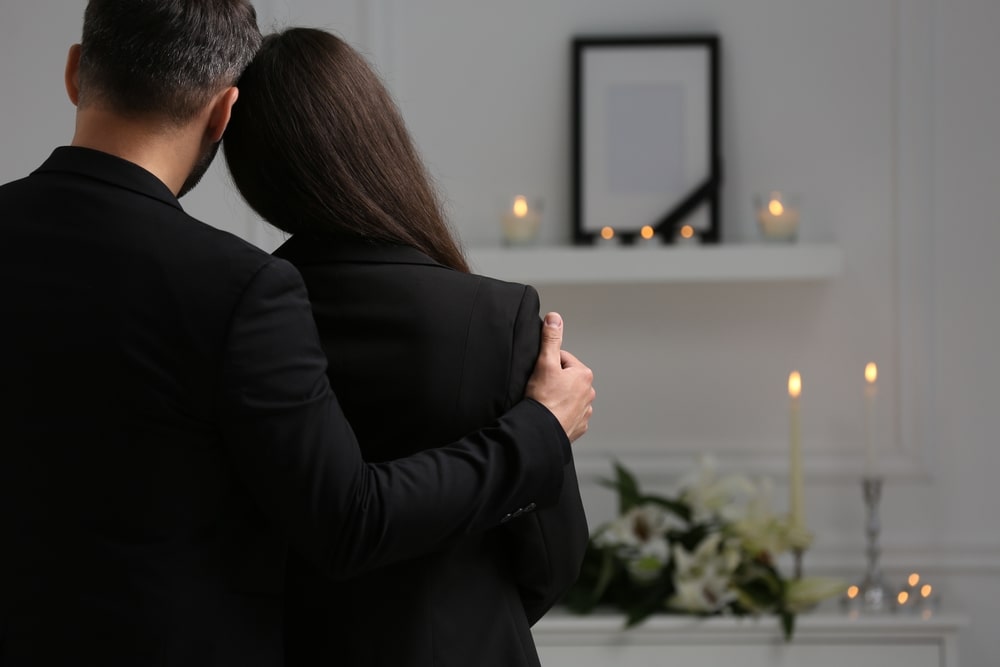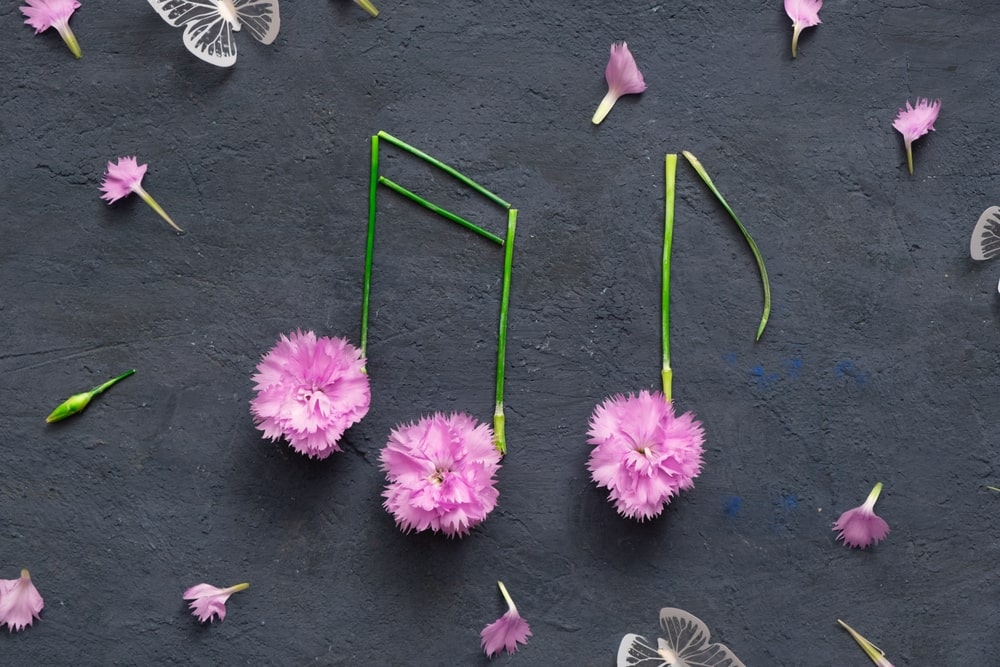By Dr. Alan D. Wolfelt
Paradox 3: Mourners must go backward before they can go forward.

A paradox is a seemingly self-contradictory statement or situation that is in fact often true. The paradox of mourning we will consider together in this article might, at first glance, seem self-contradictory, but as I will reveal, it is actually a forgotten Truth with a capital T. It’s a Truth we must rediscover because it is essential to understanding how mourners begin to heal in the aftermath of significant loss.
After someone they love dies, well-meaning but misinformed friends and family members often tell mourners:
- “[He/she] would want you to keep living your life.”
- “Time heals all wounds.”
- “Just keep putting one foot in front of the other.”
- “You need to put the past in the past.”
Not only do these oft-offered clichés diminish mourners’ significant and unique losses, they also imply that moving forward – in life and in time – is what will ease their suffering. The truth, paradoxically, is that in grief, we have to go backward before we can go forward. Our cultural misconception about moving forward in grief stems in part from the concept of the “stages of grief” popularized in 1969 by Elisabeth Kübler-Ross’ landmark text, On Death and Dying. In this important book, Kübler-Ross listed the five stages of grief that she sometimes saw terminally ill patients experience in the face of their own impending death: denial, anger, bargaining, depression and acceptance. However, she never intended for her five stages to be interpreted as a rigid, linear sequence to be followed by all mourners.
Grief is not a train track toward acceptance. It’s more like “getting lost in the woods” and almost always gives rise to a mixture of many thoughts and feelings at once. A feeling that predominates at any given time – anger, say – may dissipate for a while but later return full force. Grief is not even a “two steps forward, one step back” kind of journey; it’s often one step forward, two steps in a circle, then one step backward. It takes time, patience and, yes, lots of backward motion before forward motion occurs.
Going Backward Through Ritual

Throughout history, when the import of an event or transition in our lives is more profound than everyday words and actions can capture, we’ve had the wisdom to turn to ritual. And in our rituals, we often looked backward first – to our ancestors, our holy or touchstone texts, our traditions – before we celebrated what would come next. In contemporary times, as we pare down and even abandon more and more of the rituals that have long imbued our lives with meaning and purpose, we seem to be forgetting the need to go backward before going forward during rites of passage, including the death of a loved one.
Here and there, though, backward-looking rituals persist. In New York, a stream of police cars pulls up to the 9/11 terrorist disaster site early every morning. They flash their emergency lights but do not turn on their sirens. The officers park, get out of their cars and stand shoulder to shoulder in silence for a moment before returning to their vehicles and beginning their day of public service. What the officers seem to subconsciously understand is that this simple, quiet, backward-looking mourning ritual grounds their presents and their futures.
When it comes to grief and mourning, we would all be well served to resurrect old rituals, sustain existing rituals and create new rituals that honor the natural and necessary need to look backward before going forward.
Going Backward Through Memory

For the survivors, the loss created by death is the loss of the physical presence of the person who died. In the physical plane, their relationship with the person has ended, and so they grieve. But on the emotional and spiritual planes, their relationship with the person who died continues because they will always have a relationship of memory. Precious memories, dreams reflecting the significance of the relationship and objects that link them to the person who died are examples of some of the things that give testimony to a different form of continued relationship.
Funeral directors have a special opportunity to help families learn how to look backward through the lens of memory. During the arrangement conference, allow time for talking about favorite memories. Encourage families to gather up special belongings and photos of the person who died to display at the visitation, funeral and gathering. Share ideas of how other families have incorporated memories into funerals.
In my experience, remembering the past is the very thing that eventually makes hoping for the future possible. Mourners’ lives will open to renewed hope, love and joy only to the extent that they first embrace the past. Those who fail to go backward before marching forward after a loss often find themselves stuck in the morass of carried grief.
Going Backward to Tell the Story

A vital part of mourning is often “telling the story” over and over again, and the story of a family’s love and loss is a backward-looking process. Funeral directors know families often feel a need to tell the story of the death. They also often tell the story of their relationship with the person who died.
You can help by actively listening and affirming this essential task. Because stories of love and loss take time, patience and unconditional acceptance, they serve as powerful antidotes to a modern society all too often preoccupied with getting mourners to hurry forward. Rushing through the planning process confuses efficiency with effectiveness. Taking time to bear witness to the telling of families’ unique stories is one way to help them go backward on the pathway to eventually moving forward.
Going Forward in Grief

I hope you are beginning to understand the necessity of going backward in grief before we can go forward. But as we’ve also explored, the going-forward nature of grief is itself a paradox. “Progress” in grief is difficult to pinpoint. Grief is something we never truly get over. Instead, it is an ongoing, recursive process that unfolds over many, many months and years.
Your funeral home’s aftercare program can help foster families’ hope for the future. Hope is an expectation of a good that is yet to be. Hope is about the future. Going forward in grief means, in part, fostering hope. And remember, as long as mourners are doing the work of grief – actively expressing their grief and living the paradoxes – they are going forward in grief even though it may not always feel that way. They may not notice they are going forward as it is happening, but one day, they will look up and find that they have indeed moved and changed.
To read Part 1 of this article, visit this page: The Paradoxes of Mourning Part 1 of 3: Creating Hello Opportunities
To read Part 2 of this article, visit this page: The Paradoxes of Mourning Part 2 of 3: The Dark Night of the Soul
About the Author:
 Dr. Alan Wolfelt is a noted author, educator, grief counselor. Dr. Wolfelt believes that meaningful funeral experiences help families and friends support one another, embrace their feelings, and embark on the journey to healing and transcendence. Recipient of the Association of Death Education and Counseling’s Death Educator Award, Dr. Wolfelt presents workshops across the world to grieving families, funeral home staffs, and other caregivers. He also teaches training courses for bereavement caregivers at the Center for Loss and Life Transition in Fort Collins, Colorado, where he serves as Director. Dr. Wolfelt is on the faculty of the University of Colorado Medical School’s Department of Family Medicine. He is also the author of many bestselling books, including Understanding Your Grief, The Mourner’s Book of Hope, Creating Meaningful Funeral Ceremonies, and The Paradoxes of Grief: Healing Your Grief With Three Forgotten Truths, upon which this series is based. For more information, visit www.centerforloss.com
Dr. Alan Wolfelt is a noted author, educator, grief counselor. Dr. Wolfelt believes that meaningful funeral experiences help families and friends support one another, embrace their feelings, and embark on the journey to healing and transcendence. Recipient of the Association of Death Education and Counseling’s Death Educator Award, Dr. Wolfelt presents workshops across the world to grieving families, funeral home staffs, and other caregivers. He also teaches training courses for bereavement caregivers at the Center for Loss and Life Transition in Fort Collins, Colorado, where he serves as Director. Dr. Wolfelt is on the faculty of the University of Colorado Medical School’s Department of Family Medicine. He is also the author of many bestselling books, including Understanding Your Grief, The Mourner’s Book of Hope, Creating Meaningful Funeral Ceremonies, and The Paradoxes of Grief: Healing Your Grief With Three Forgotten Truths, upon which this series is based. For more information, visit www.centerforloss.com
Printed by permission of Dr. Alan D. Wolfelt, all rights reserved.




